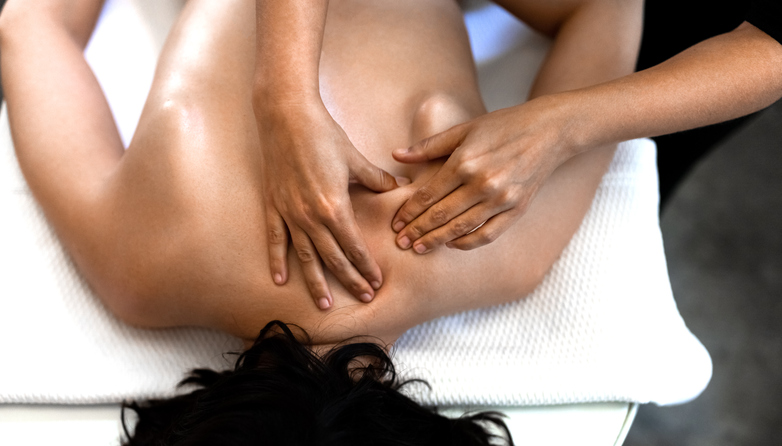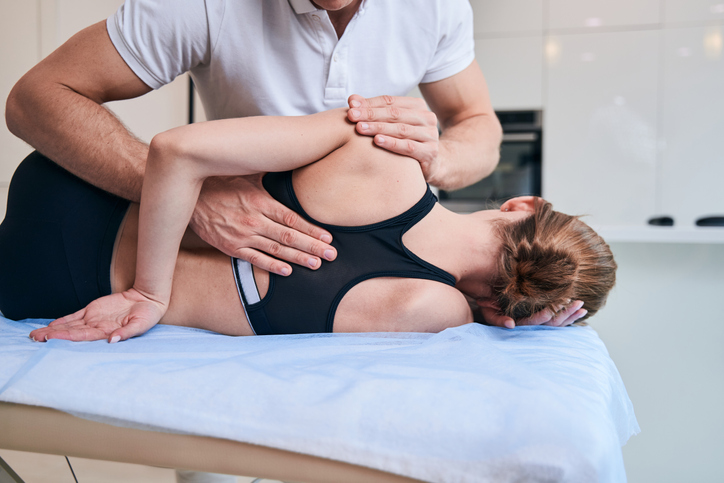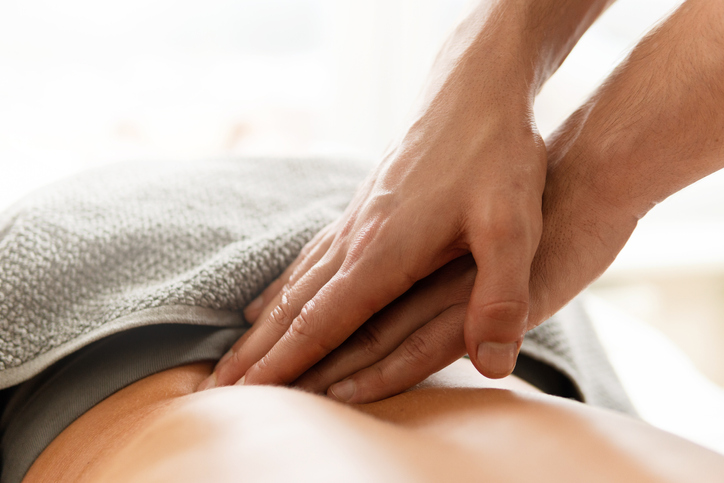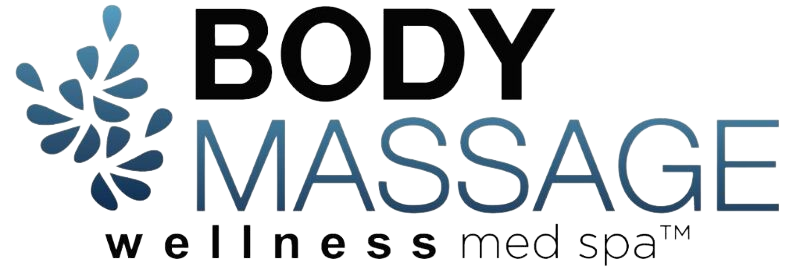Types of Massages in Denver
SELECT FROM OUR MENU OF MASSAGE SERVICES

CBD Massage
This service incorporates CBD oil, lotion, and salves into a relaxing massage, providing potential health benefits tied to CBD such as reduced inflammation and pain relief.
Couples Massage
A shared therapeutic experience designed for two, ideal for couples seeking relaxation and mutual rejuvenation.

Deep Tissue Massage
Geared towards pain relief and stress reduction, this massage uses firm, slow strokes to target deeper layers of muscle and connective tissue.

Prenatal Massage
Specially designed for expectant mothers, this massage works to alleviate pregnancy-related discomfort, increase circulation, and promote overall wellness.

Hot Stone Massage
A technique that uses heated stones placed at key points on the body to promote deeper muscle relaxation and help repair damaged soft tissues.

Advanced Sports Therapy Massage
Intended for athletes, this massage offers a preventative and recovery aid, focusing on stretching tight muscles, stimulating inactive muscles, and improving tissue elasticity.

Neuromuscular Therapy
A massage technique focused on relieving pain and promoting optimal body function through targeted manipulation of the muscles, nervous system, and soft tissues.

Structural Integration Massage
This therapeutic approach to massage has a focus on alignment and balance, working to lengthen and reshape the fascia, the connective tissue that envelops the muscles.

Foot Reflexology
Based on the theory that different points on the foot correspond to different body organs and systems, pressure is applied to these specific points to promote health and relaxation.

